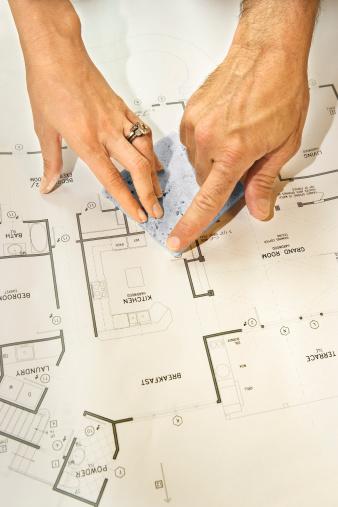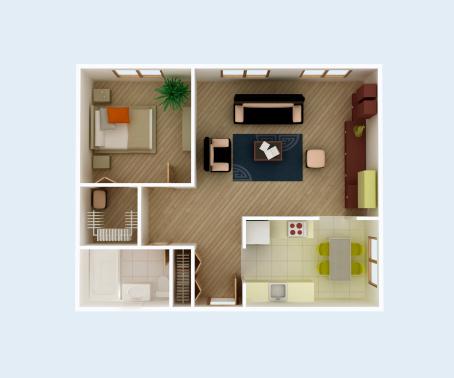How to Make Your Home’s Design Functional
 When you are selecting a new home for yourself, remodeling your present home, or helping a client remodel and reconfigure their space, make sure the design actually facilitates rather than hinders effective use of the space.
When you are selecting a new home for yourself, remodeling your present home, or helping a client remodel and reconfigure their space, make sure the design actually facilitates rather than hinders effective use of the space.
Within a given parameter of floor space created by exterior walls, the living area can be configured many ways. Sometimes it is suggested by window placement, plumbing, bearing walls, and other features, but there still are options. Even if substantial work needs to be done to the structure, the results may be worth it in terms of the functionality and livability of the finished space.
Access to rooms, closets, cabinets, appliances, and fixtures is quite important, and there should be no impediments or barriers. So often, a design that looks good on paper – because it is not three-dimensional or it lacks furnishings and humans in the space – turns out to present many challenges.
Be aware of doors that open onto or into another door, doors that block hallways or narrow passageways around them when they are open, or cabinets or dishwashers that can’t be accessed or used as they are intended without leaving the doors open and blocking access to adjacent cabinets.
Watch for lines of sight that destroy privacy in ways never intended. For instance, bathrooms can sometimes be visible from the front door or patio when their doors are left open. The same for bedrooms. Make sure that areas of the home that are intended to provide privacy do just that.
Watch for the height of items that are used frequently – switches, controls, and shelves – and make sure they are reachable by everyone in the home that needs to have access to them.
 Look for furniture or appliance placement that is suggested by window or door placement, overhead lighting, or unbroken wall space. If you have limited choices – and they are not acceptable to you – now is the time to chance it.
Look for furniture or appliance placement that is suggested by window or door placement, overhead lighting, or unbroken wall space. If you have limited choices – and they are not acceptable to you – now is the time to chance it.
Employing the principles of universal design will address many – but not all – of these concerns. All of the features need to be double-checked to insure that they function as intended and that they do not interfere with the use of nearby space or features and that people can move about freely and easily within the living space.
For more information on universal design or creating effective aging-in-place solutions for people of any age or ability, visitwww.stevehoffacker.com.
